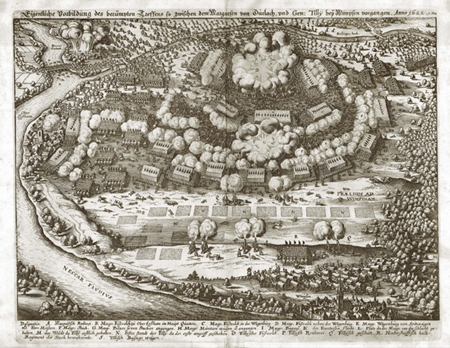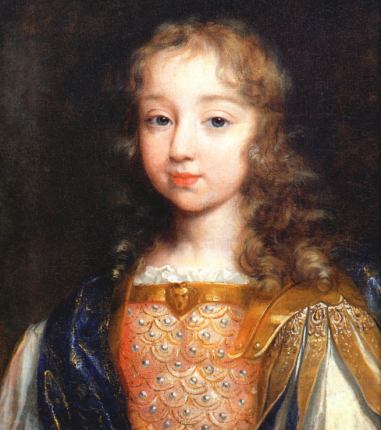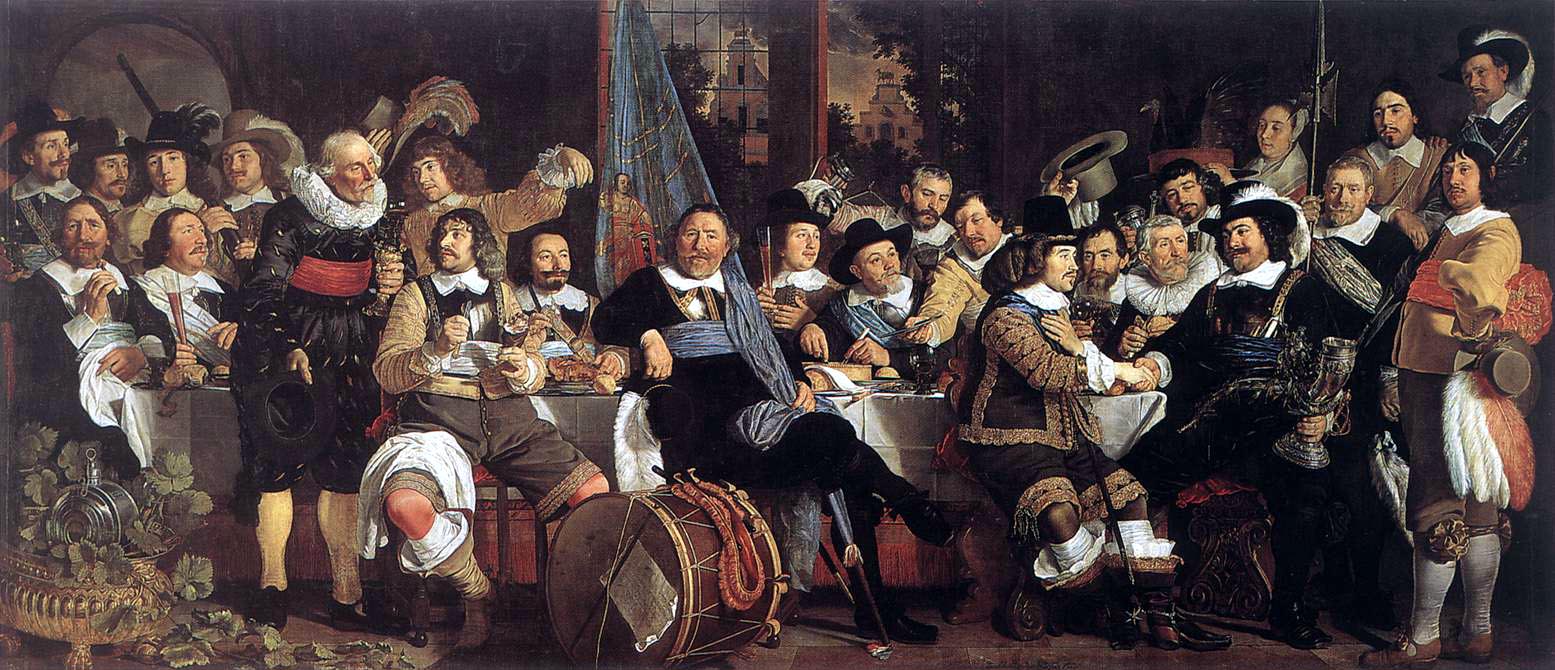Week 1: PeaceThe purpose of this week’s lectures and discussions is to familiarize students with the some basic structures of European life in the centuries prior to the Thirty Years War; with the fundamentals of post-1648 political culture, in particular the concepts of monarchy, representation, and embodiment; with the relationship between religious legitimation and royal authority; and with the foundations of the European political system. In preparation for our first session, read The Peace of Westphalia (1648) (Excerpts)
Course Introduction:
War, Peace, and a New European OrderI. Course Overview, Readings, Requirements
II. Some Basic Structures of European Life
A. Languages and Cultures: Romance, Germanic, Slavic, Turk
B. Religions: Roman Catholic, Protestant, Orthodox, Muslim
C. Populations: Rural and Urban
D. Communications: Books, News, WorldviewsMap: J. Gabrys, Carte Ethnographique de l'Europe (Lausanne, 1918)
Map: Religious Divisions of Europe, ca. 1680
Map: Religious Divisions in Central Europe, 1618
Map: The Jewish Populations of Europe (1881)Map: Spread of the Black Death in Europe, 1347-1352
Chart: The Weight of Numbers: Baptisms and Funerals
Chart: Urban Populations, ca. 1600
Map: Population Density in Europe, ca. 1600
Map: Population Density in Europe, ca. 2000Map: The European Economy, ca. 1550
Graph: Prices and Wages in England, 1260-1600Image above: Guillaume Delisle (1675-1725), Mappemonde par l'usage du Roy (1720).

Image: "A True Representation of Events at the Famous Meeting between the Margrave of Durlach and Gen. Tilly near Wimpfen, May 7, Anno 1622"
.jpg)
"The plunder of the Judengasse, 22 August 1614," Institut für Stadtgeschichte Frankfurt.
.jpg)
Map: The Information Network of the Fugger Family, 1578-1598; Source.
III. 1648: A Watershed in European History
Map: Europe in 1648
Map: Death Toll during the Thirty Years' WarA. What Was the Thirty Years War About?
Image: Ratifying the Peace of Westphalia, 15 May 1648
Images: Peace Celebrations in Nürnberg, 1650Map: The Swiss Peasants' War (1653)
Image: Execution of Swiss Ringleaders (1653)
Map: The Holy Roman Empire in 1648
 |
B. Discontinuities:
New Features in the European Landscape Image left: Simon Vouet (1590-1649), Portrait of Louis XIV (1656) [Detail]. Image source: Wikipedia Commons. Image top right: The Battle of Wimpfen, 6 May 1622 (1635). Etching from Merian's Theatrum Europaeum, vol. 1, 3rd ed. (1662), p. 692. The etching depicts one of the first major battles of the Thirty Years' War, when forces of the Catholic League defeated a Protestant army under the command of Ernst von Mansfeld and Georg Friedrich, Margrave of Baden-Durlach. |
Link: The Peace of Westphalia (Full Text), 24 October 1648
Image below: Bartholomeus van der Helst (1613-1670), Celebration of the Peace of Münster, 1648, at the Crossbowmen's Headquarters (1648). Oil on canvas, 232 x 547 cm. Rijksmuseum, Amsterdam. This group portrait shows the banquet held by the St George's Guard to celebrate the Peace of Münster which put an end to the Thirty Years' War and finally recognized the Dutch Republic, thereby ending its eighty year struggle for independence. In this painting Van der Helst succeeded in portraying no fewer than 25 people grouped around a table. To the right we see the captain (holding a silver drinking-horn) and the lieutenant congratulating each other on the successful outcome. On the drum, the artist painted a sheet of paper bearing the words of a poem in praise of peace.Image source: Web Museum of Art.
.jpg)
